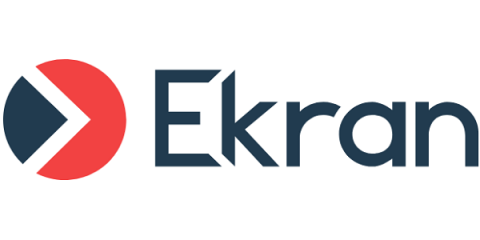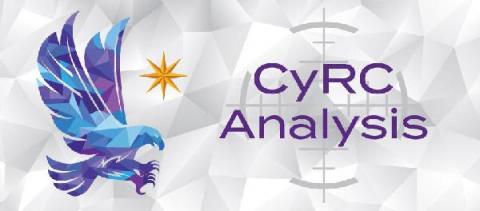Classifying Business Documents with Language Models
The Egnyte platform has been extended to support the classification of documents per business document type. It enables the Egnyte governance solution to assign documents to business document types, including invoices, contracts, NDAs, or financial statements. From a machine learning / AI perspective, it’s a natural language processing (NLP) problem—a classification task. The input is the raw text form of the document, and the output is the name of the class to which it belongs.











